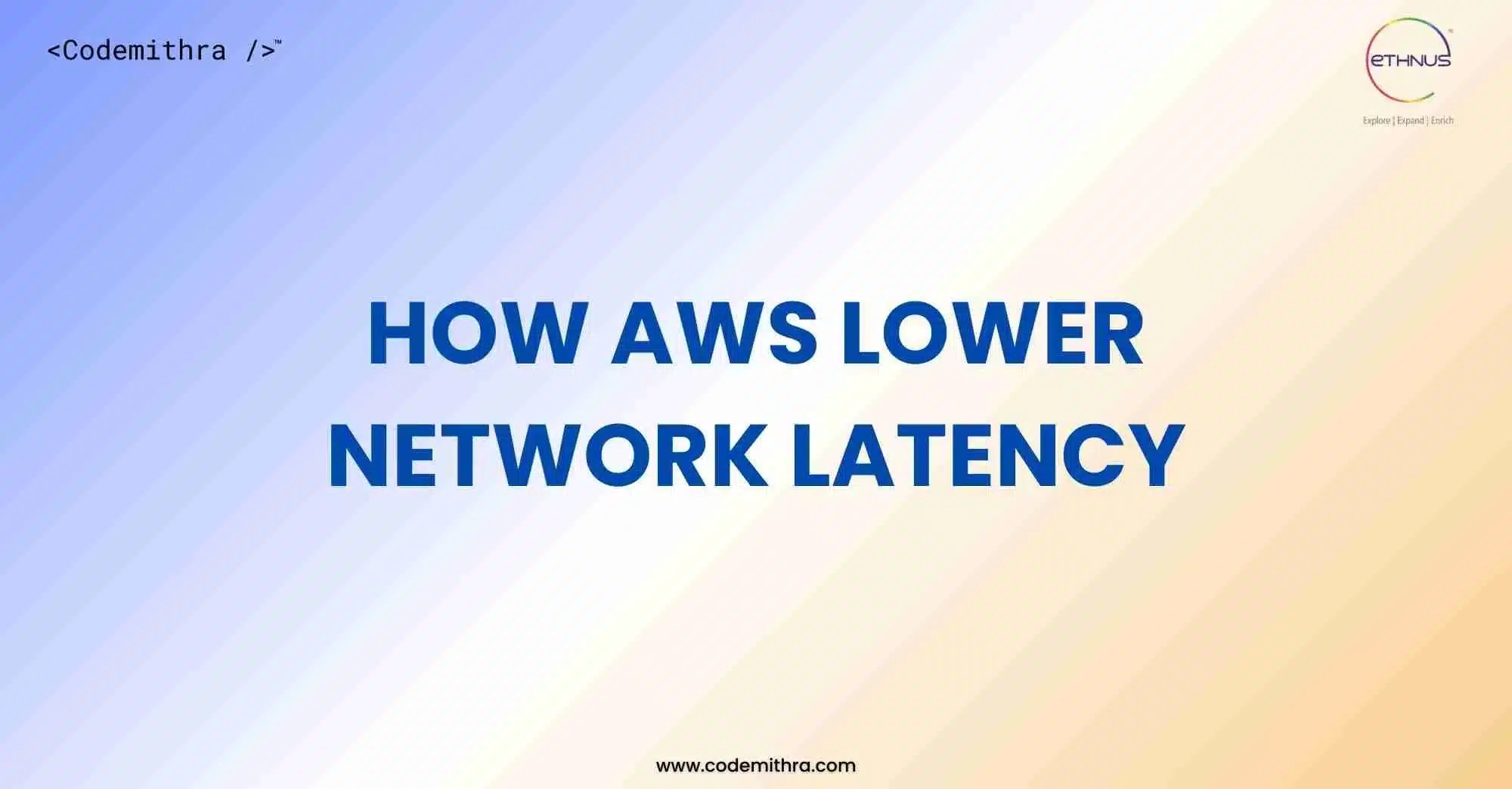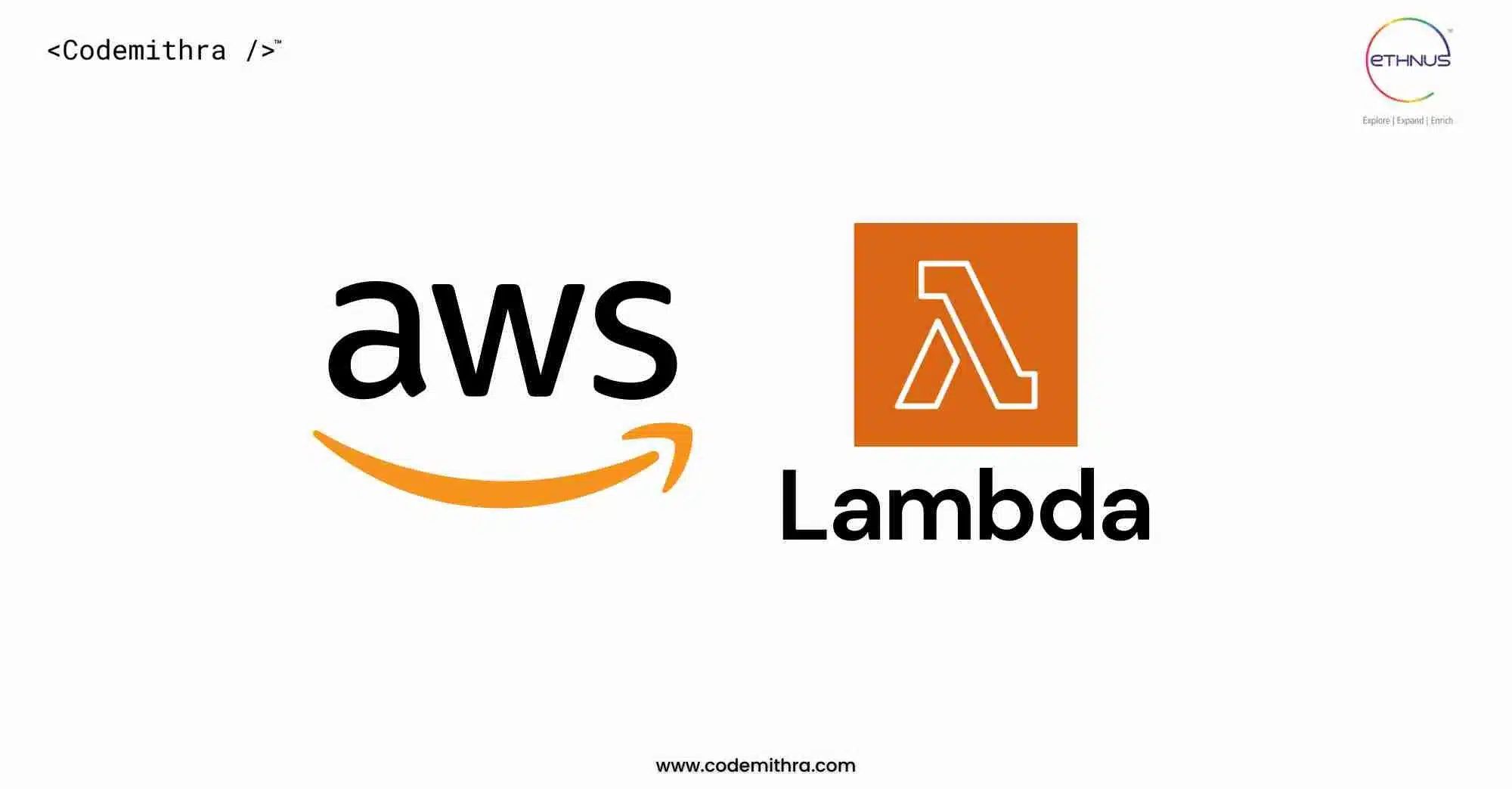MERN Stack
By combining technologies, a MERN stack allows you to develop applications faster. This technology is used worldwide, and the MERN stack is primarily used for developing applications based entirely on JavaScript. MERN stands for MongoDB, Express, React, and Node, based on the four important technologies that constitute the stack.
- MongoDB: document database
- Express(.js): web framework
- React(.js): a client-side JavaScript framework
- Node(.js): the premier JavaScript web server
Due to the four JS-based technologies, all four are included in the stack. Consequently, if you are familiar with JavaScript (and JSON), you can operate the front-end, the back-end, and the database independently or together.
What Is a Stack?
“Stacks are merely the different technologies being used to achieve a specific goal.”
There are so many stacks to choose from, and some are more popular than others due to their unique designs. The MERN stack is a popular stack that is comprised of one or more of these components:
- MongoDB.
- Express(.js).
- React(.js).
- Node(.js).
Today, our goal is to examine the MERN stack, which is almost identical to MERN, except that we will use React JS instead of Angular JS. Using MongoDB as our database, Node.js as our server, Express.js as our route engine, and ReactJS as our user interface, we will use the latest technology.
Major Components in MERN Stack
MongoDB
MongoDB is a document database that runs on multiple platforms. A document database such as MongoDB stores data in flexible documents and can be queried with a JSON-based query language. For the data structure to remain stable over time, documents must differ in size, content, and number of fields. MongoDB is the most popular framework due to its flexibility and scalability.
MongoDB Features
- Scalable environments are built-in.
- Multiple MongoDB servers can run simultaneously. There is a duplicate copy for security from hardware failure to keep the system up.
- A master-slave replication mechanism is also in place. The framework maintains multiple copies of the data by using native applications.
- MapReduce is supported, as are flexible aggregation tools.
- Since the database uses JavaScript rather than procedures, MongoDB gets along just fine with JavaScript.
Benefits of MongoDB
- The indexing of documents becomes very easy with this tool.
- It’s easy to handle extensive data by distributing it across multiple machines, so scalability is critical.
- Schema-less files are those that contain both structured and unstructured data.
- MongoDB is pretty straightforward to set up.
- You can create documents quickly with its flexible document model.
- Due to MongoDB’s use of commodity hardware, costs are significantly reduced.
- ExpressJS: An application framework for back-end web development
ExpressJS
Another component of MERN is ExpressJS, a web application framework for Node.js. The Express framework simplifies writing server code on Node.js by reducing the need for direct Node.js code development. You would have to repeat this code several times using the Node.js HTTP module.
Express is an open-source framework for creating web applications and APIs that are robust and easy to use. A few additional features can be added as plugins. Many people love it because of its fast speed and minimalist structure.
Benefits of ExpressJS
- Single-threaded and asynchronous.
- High performance and scalability.
- Using a built-in router helps with code reusability.
- Comprehensive APIs.
- React: A library for constructing user interfaces
ReactJS
Facebook introduced a front-end JavaScript library called React as an open-source, free front-end JavaScript program. It allows web developers to build interactive user interfaces (UI). You can use it to develop mobile and web applications both on mobile and web platforms.
As a result of React’s modularity, developers can break their code into smaller units that maintain their state and then combine or encapsulate those segments to create complex user interfaces. The server-side rendering of React is also accomplished using Node.
Features
- An original DOM is reconstituted into a lightweight virtual DOM equivalent. This lightweight equivalent includes all the properties of the original DOM.
- Data flows in a single direction throughout the application since it supports one-way data binding. The control is thus improved.
- JS React uses components as its core. For ease of passing data through the application, the code is written as templates.
Benefits of ReactJS
- In addition to speeding up the development process, it improves user experience.
- In virtual DOMs, only those elements that have changed are re-rendered, improving performance.
- As this component creates a distribution matrix, local and global variables can be tightly tied together.
- Data flow in one direction enhances code stability.
NodeJS
Node.js is a programming language for executing JavaScript. Google began building Node.js for Chrome in 2008, and it was recently open-sourced. V8 is the JavaScript engine that powers it. In addition, JavaScript code can be executed outside a browser, which makes it suitable for building scalable network applications.
Using Node.js, multiple JavaScript files can be assembled without an enclosing HTML page: a module system based on CommonJS is used instead.
NodeJS Features
- Node.js library is very fast in executing code due to leveraging the V8 JavaScript engine that comes with Google Chrome.
- Node.js applications never buffer data. The application outputs the chunked data to the server.
- Node.js library provides asynchronous APIs across all its components. In other words, the server does not have to wait for an API response before executing it.
- There is only one thread in Node.js, and events loop in a single thread.
Benefits of NodeJS
- The program is easy to use, open-source, and friendly.
- Both the web application and the server have the same code.
- With Node.js, you can create powerful server-side applications.
- The library supports the JavaScript Runtime Environment, an open-source development environment.
- Due to its reliance on Google Chrome’s JavaScript Engine, Node.js has a fast code execution rate.
- It can scale exceptionally well.
MERN Stack Use Cases
MERN can be used to develop whatever you like, just like many popular web stacks. It is excellent for cloud-based projects requiring dynamic web interfaces and intensive JSON. MERN is beneficial for the following purposes:
- Apps for calendaring and to-do lists
You can learn how the MERN stack works by building a simple calendar or to-do app. A ReactJS calendar or to-do app’s interface can be designed using the ReactJS front-end. MongoDB makes it possible to store, access, modify, and display information in the to-do app.
- Forums for an interactive discussion
It’s also possible to use MERN to create an interactive forum, a web-based platform where users can communicate and exchange messages. A discussion topic is not necessarily predefined for the interactive forum.
- An online social media product
Using the MERN stack for social media can lead to an interactive forum. You can see social media posts, ads, web apps, and mini web apps there.
Advantages of MERN Stack
The MERN stack is an excellent choice when a company wants to build a high-quality web application. With this stack, web applications and software can be developed quickly and use high-performance and customized technologies!
The MERN stack for the back-end has many advantages.
- It constitutes two components: a back-end and a client. A completely separate database system makes things even better.
- REST-based APIs are used throughout the whole system, including the front end, the back end, and the database; they act as a ‘middleware,’ which can be reused for any other application, including mobile software.
- Using the REST API, applications can be connected like puzzle pieces. Due to their HTTP-based nature and resemblance to web communication styles, REST APIs are highly beneficial for MERN.
- JSON REST APIs, for example, allow developers to create new front-end applications and submit applications that can be linked with the same system.
- As an asynchronous language, Node.js is extremely fast. Its performance above average compared to other languages is impressive.
- Your users will be able to access their data much more quickly with a quick back-end, which is quite advantageous.
- On top of that, this increased speed will allow the server to be operated at a lower cost.
- There are several advantages to using the MERN stack for front-end applications.
Using React.js is what makes MERN stack great for front-end development.
- Due to its single-page application (SPA) approach, react.js eliminates the need to load new pages with every action, thus making for a straightforward user experience.
- Designing and developing websites and web applications has never been easier.
- Cutting the cost of servers,
- The performance of greatly optimized web applications and software.
- With the help of React Native, it has become easier to transpose a web application into a mobile application or software.
- Web designers can design and configure their websites using just one HTML file.
- A single language, JavaScript, is used to develop a computer application.
Conclusion
Modern web developers generally use the MERN stack and understand ReactJS. You can get an in-depth understanding of the MERN stack by taking Codemithra’s Full-Stack Developer course. Code Mithra offers a wide range of free online courses, including courses for data science, business analytics, artificial intelligence as well as software development and machine learning. If you want to improve your skills and advance your career, you can enroll in any of these free online courses.





